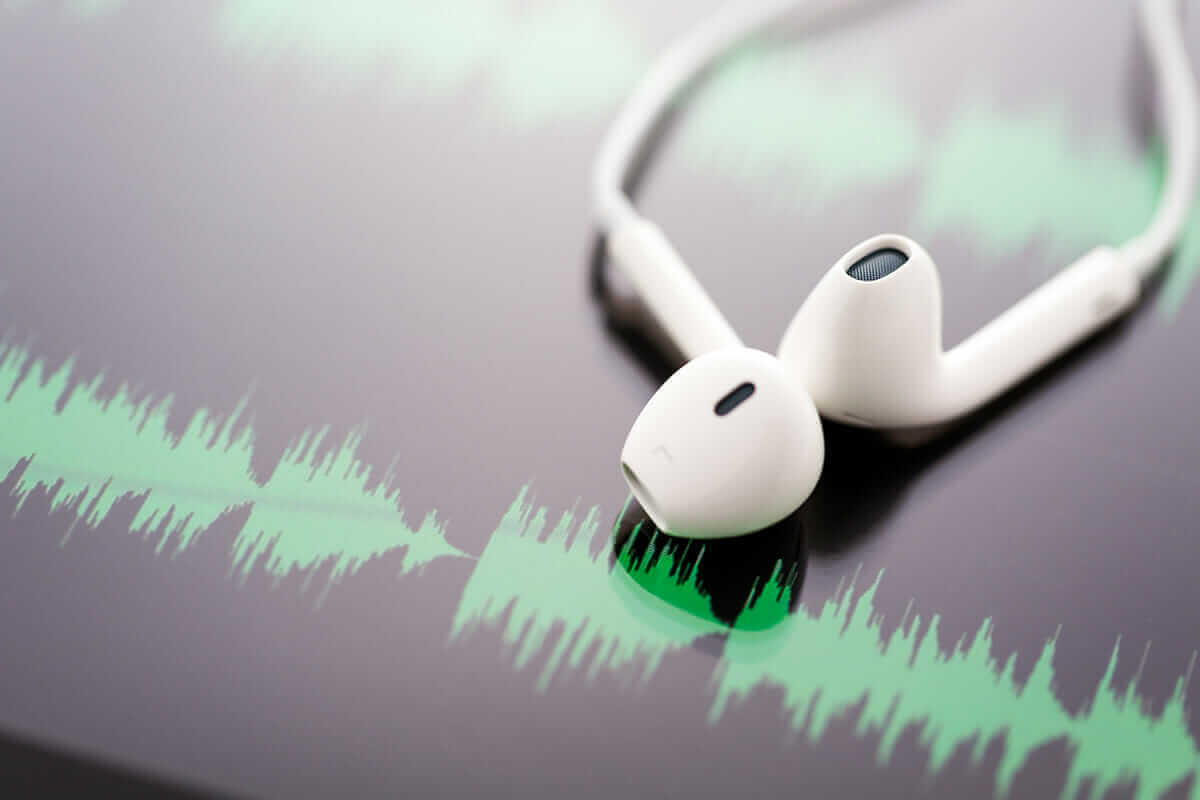For those of you who may not know, we love podcasts here at Cardwell Beach.
We listen to them, we analyze them, we even produce our own.
As marketers, though, we’ve noticed something: despite the incredible growth and popularity of podcasts, there hasn’t been a corresponding growth in the ecosystem that enables podcasts to truly thrive.
Yes, we’ve seen the proliferation of podcast networks—ones for comedy, like EarWolf, ones for intelligent conversation, like Infinite Guest, and ones for pop culture, like the Nerdist universe of shows, as well as companies entirely dedicated to making podcasts, like Gimlet Media, who produce the beloved Reply All and Startup podcasts, among others.
But think about the ways we consume podcasts: many of us use our smartphones with built-in apps like Apple’s Podcast tool, which are notoriously difficult to use—so much so that even Ira Glass had to film an explainer video about how to actually download a podcast before he launched Serial, which ultimately helped transform podcasts into the phenomenon they are today:
Though, as Ira says, it’s not that hard to download a podcast (especially using tools like Stitcher), the fact that one of the industry’s most prominent people actually had to film an instructional video about accessing his content is a big red flag that something is wrong with the distribution and delivery system. Imagine if Netflix needed instructional videos on how to stream their videos, or iTunes on how to download a song? For that matter, even content producers like Snapchat’s Discover launched without any instructions whatsoever—and most users were able to figure out how to access and enjoy those channels just fine.
Technical hurdles are clearly one struggle that the podcasting industry needs to overcome.
But there’s another, and that’s arguably even bigger: how are the many excellent podcasts out there going to pay for themselves? And how are companies and other potential advertisers eager for new platforms going to figure out how to take best advantage of this podcast revolution?
There are existing podcast advertising networks out there, to be sure, such as Midroll, which serves ads on popular shows like WTF with Marc Maron or StarTalk with Neil deGrasse Tyson. And many of those podcast production networks that we talked about in the beginning of this post also help aggregate advertising onto their shows.
By and large, podcasting remains what Sherrill Mane at the Interactive Advertising Bureau calls “a craft.” That is, in the sense of a craft business—like craft beer, Etsy artisans, and other smaller retailers. And that means it has an inherently limited audience, and thus, an inherently limited number of advertisers who want to tap into that audience.
However, that doesn’t mean that advertisers can’t see a strong return on their dollar. As Marketplace discusses in the article above, podcast audiences are reliably loyal and enjoy the “branded” aspect of hearing products being discussed by their hosts (the ethics of which have been widely debated within the industry.) In fact, 99% Invisible host Roman Mars even touts his ads as being so effective that listeners actually wait until the end of each episode to listen to them.
So if most podcasts reach a moderately-sized but fiercely loyal audience—a good fit for small to medium-sized businesses—why aren’t more podcasts flourishing, flush with ads?
For one, there’s the problem of reliability: as advertisers seek out contenders on, say, iTunes’ “Top Downloaded Podcasts” chart, they must embrace the fact that some podcasts just don’t exist that long, as Hot Pod notes in their look at the charts. Unlike a top-rated TV show, where the number of eyeballs tuning in directly correlates with the longevity of the program, podcasts are dependent on usually one or two central creators who invest their own time and resources into creating the show. Some will burn out, some will tire of the medium, and some will just lose interest, whether their show is ranked #10 on the iTunes charts or #110.
But it’s not fair to blame the woes of podcast advertising entirely on the creators themselves, most of whom make little to no money at all off their creations. Instead, it’s best to look at the industry as a whole. Just as podcasts are not being well-served technologically by being stuffed into built-in apps that aren’t given a lot of attention or improvements, the process of running an ad on a podcast isn’t particularly user-friendly for either the ad buyer or the show itself.
For example, ad buyers currently only have one metric with which to measure a podcast’s success: number of downloads per episode. In particular, as Joshua Fischer notes, they are looking at the number of downloads of your most recent episode, not your entire catalog.
This points to a major challenge facing podcasts and the people who want to support them: there simply isn’t a good way to measure their effectiveness. Just as advertisers are struggling to figure out the best ways to measure ad return on investment on mobile platforms and inside apps, podcasts, too, can be a black box when it comes to measurement. Digiday found that a typical podcaster whose podcast was downloaded to Apple’s built-in podcast player could track just the number of downloads and the number of subscribers—meaning that’s the only meaningful data they could provide to advertisers.
While they note that other services out there can break down listenership a bit better, the burden is still on the podcast producer to track their data across multiple different services just to get a single picture of how their podcast is performing.
So where does this leave us? Well, here at Cardwell Beach, we’d love to see more innovation in this space. What about a tool that provides all the analytics podcasters need in one easy-to-use dashboard? What about a new, more streamlined process for buying and selling ads? The possibilities are really endless, just, it seems, like the demand for high-quality audio content.

